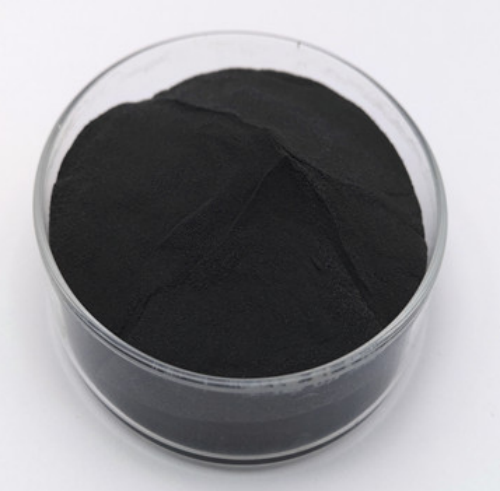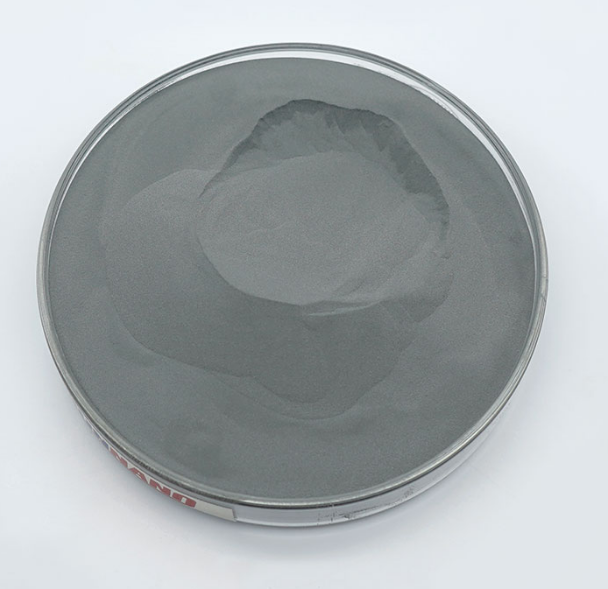In modern production, 3D printing innovation is creating quickly and bring in widespread attention in numerous areas. Among them, 3D printing metal powder is among […]
Continue reading10 Commonly Used 3D Printing Metal Powders and Their Wide Application Fields titanium alloy metal
In modern production, 3D printing innovation is creating quickly and bring in widespread attention in numerous areas. Among them, 3D printing metal powder is among the essential materials for understanding the manufacturing of high-performance metal components. The adhering to will certainly introduce 10 frequently used 3D printing steel powders and their vast application areas. ^ 1. Stainless-steel powder:
Stainless-steel powder is composed of elements such as iron, nickel and chromium and has exceptional rust resistance and mechanical buildings. The powder is commonly used in industries such as automobile, aerospace and medical devices to create high-strength, corrosion-resistant components.
2. Titanium alloy powder:
Titanium alloy powder has outstanding toughness and light-weight residential or commercial properties and is used in the production of aerospace, clinical implants and high-performance sporting activities tools. This powder is made from pure titanium alloyed with other metals such as aluminum, vanadium, and so on
3. Light weight aluminum alloy powder:
(3d printing powder)
Light weight aluminum alloy powder is made by alloying light weight aluminum with various other steel elements (such as copper, magnesium, etc) and has high strength, good thermal conductivity and deterioration resistance. It is extensively utilized in auto manufacturing, aerospace and shipbuilding sectors.
4. Nickel alloy powder:
Nickel alloy powder is alloyed with nickel and other alloying aspects (such as molybdenum, chromium, etc) and has superb heat, rust resistance and put on resistance. This powder is extensively used in aerospace engines, chemical devices and petroleum sectors.
5. Copper alloy powder:
Copper alloy powder is composed of copper and other steel elements (such as tin, zinc, and so on) and has terrific electric conductivity and mechanical residential properties. Therefore, it is extensively made use of in fields such as electronic gadgets, electric adapters, and craft items.
6. Iron alloy powder:
(3d printing powder)
Ferroalloy powders are made use of to make high-strength, wear-resistant parts, such as auto components and mechanical parts.
7. High entropy alloy powder:
High-entropy alloy powder is a product composed of a selection of elements and has a relatively uniform composition. Because of their distinct atomic structure and non-solidifying morphology, high-entropy alloys have outstanding mechanical homes, deterioration resistance and high-temperature security. Application locations include components manufacturing in high-temperature and harsh settings in the aerospace, power, and chemical industries.
8. Tungsten alloy powder:
Tungsten alloy powder is used to make high-temperature tools and electrodes and is commonly made use of in aerospace, electric lights, and digital markets.
9. Tin alloy powder:
Tin alloy powder is made use of to make soldering products and digital parts, with good solderability and rust resistance.
10. Silver alloy powder:
Silver alloy powder is commonly used in digital gadgets, conductive bonding, and medical gadgets due to its great conductivity and corrosion resistance.
(3d printing powder)
These 3D-printed metal powders are refined via powder bed blend, powder extrusion, or powder sintering and can create metal elements with complicated shapes and high efficiency. Various steel powders appropriate for different areas and application demands, offering even more options and flexibility for the manufacturing sector.
Regarding Kmpass
Kmpass is committed to technology development, applications of nanotechnology and new material industries, with professional experiencein the nano-technology research and development and the application of materials.especially for 3d printing powder, 3d printing metal powder, 3d printing powder supplier, 3d printing for titanium powder. As a leading nano-technology development and product applications additive manufacturer, Kmpass dominates the markets. If you need high quality titanium alloy metal, please feel free to contact us.
Inquiry us


